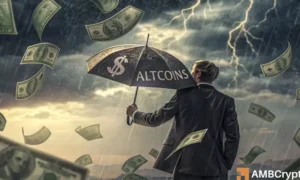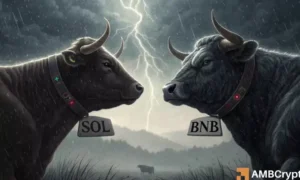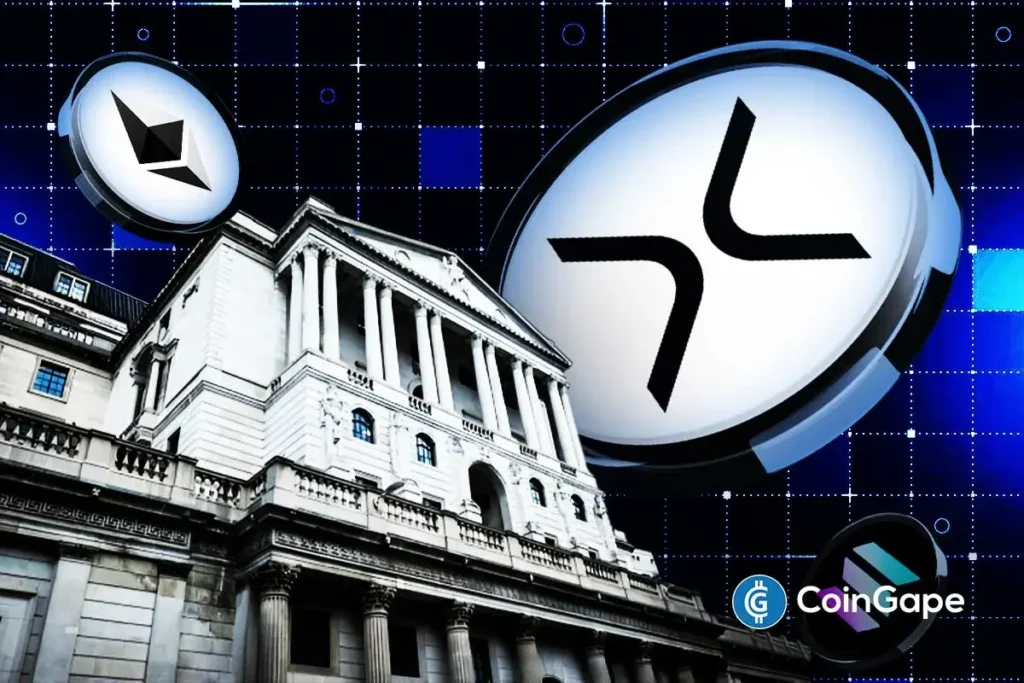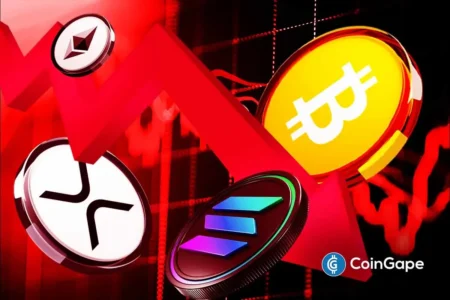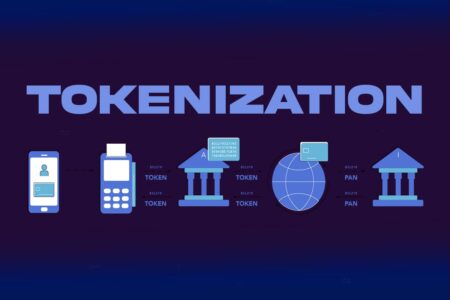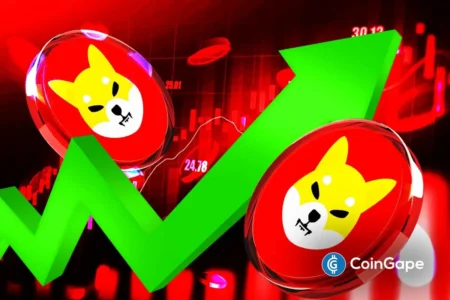Bank of England Cuts Interest Rates: Implications for the Crypto Market
The Bank of England’s (BOE) recent decision to cut interest rates from 4.25% to 4% has sent positive ripples throughout the cryptocurrency market, with notable increases in premiums for Ethereum (ETH), XRP, and Solana (SOL). This rate cut marks a significant policy shift aimed at nurturing economic growth while fighting persistent inflation. Furthermore, it highlights the central bank’s careful deliberation on monetary policies that resonate well with the dynamics of the modern financial environment, including the burgeoning field of cryptocurrencies.
Understanding the Interest Rate Cut
During its latest monetary policy meeting, the BOE’s Monetary Policy Committee (MPC) voted narrowly, 5-4, in favor of reducing rates. The committee’s focus is on achieving a sustainable inflation target of 2% while also promoting growth and employment. The BOE emphasized a gradual and measured approach to further interest rate adjustments, contingent upon the evolving nature of inflationary pressures. Governor Andrew Bailey articulated the need for caution, indicating that any future cuts will be systematic rather than abrupt. This structured approach seeks to mitigate the risks associated with rapid monetary policy shifts in today’s unpredictable economic climate.
Immediate Impact on the Crypto Market
Following the BOE’s announcement, the cryptocurrency market witnessed an impressive surge, boasting a market capitalization of approximately $3.82 trillion—a 2.8% increase within just 24 hours. Leading the charge, Ethereum exhibited a substantial performance improvement, soaring by 6.87%. Likewise, Solana and XRP also marked notable gains of 5.7% and 4.5%, respectively. The strong performance of meme coin Dogecoin, which rose by 6.5%, further illustrates the bullish sentiment currently enveloping the market. Expert opinions suggest that the anticipation of continued interest rate cuts could foster even more optimism among crypto investors.
Economic Context and Reactions
Against this backdrop, it is essential to consider the broader economic context. Other central banks, including the U.S. Federal Reserve and the Bank of Japan, have opted to maintain their current interest rates, creating a divergent approach among global economic leaders. George Brown, a senior economist at Schroders, noted that while the rate cut was largely anticipated, the path ahead remains uncertain due to mixed signals from various economic indicators like jobs growth and inflation. This environment posed challenges for the BOE, necessitating an extensive voting process to reach a consensus on the rate cut.
Future Expectations for Interest Rates
Looking ahead, economists are divided on whether further cuts are imminent. Capital Economics’ U.K. economist, Ashley Webb, predicted that the BOE might reduce rates down to 3.00% by 2026, suggesting possibilities below the 3.50% benchmark anticipated in financial markets. Such projections indicate that many analysts view the recent interest rate cut as the beginning of a more substantial shift in monetary policy, further influencing the crypto landscape.
Cryptocurrencies: A Growing Attraction
The positive sentiment in the crypto market resulting from the interest rate cut reflects a growing acceptance and attraction towards digital currencies as alternative assets during fluctuating market conditions. The potential for cryptocurrencies to act as a hedge against inflation has garnered investor attention, particularly in times of decreasing interest rates. This dynamic illustrates how monetary policies can significantly impact the adoption and valuation of cryptocurrencies, making them a vital consideration for investors looking towards the future.
Conclusion
In summary, the Bank of England’s decision to lower interest rates to 4% catalyzed notable enthusiasm within the cryptocurrency market, specifically benefiting key players like Ethereum, Solana, and XRP. This monetary policy aims to strike a balance between controlling inflation and fostering economic growth, offering a glimpse into a potentially transformative period for both traditional finance and digital assets. As global economic conditions continue to evolve, the relationship between interest rates and the crypto markets will remain critical for investors and analysts alike.
